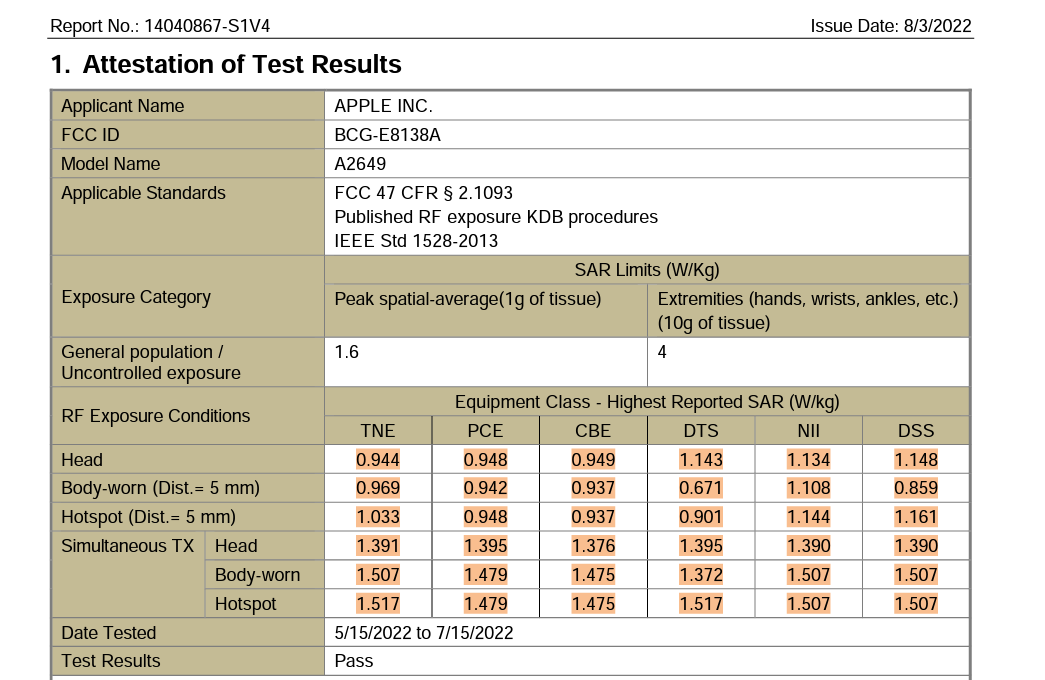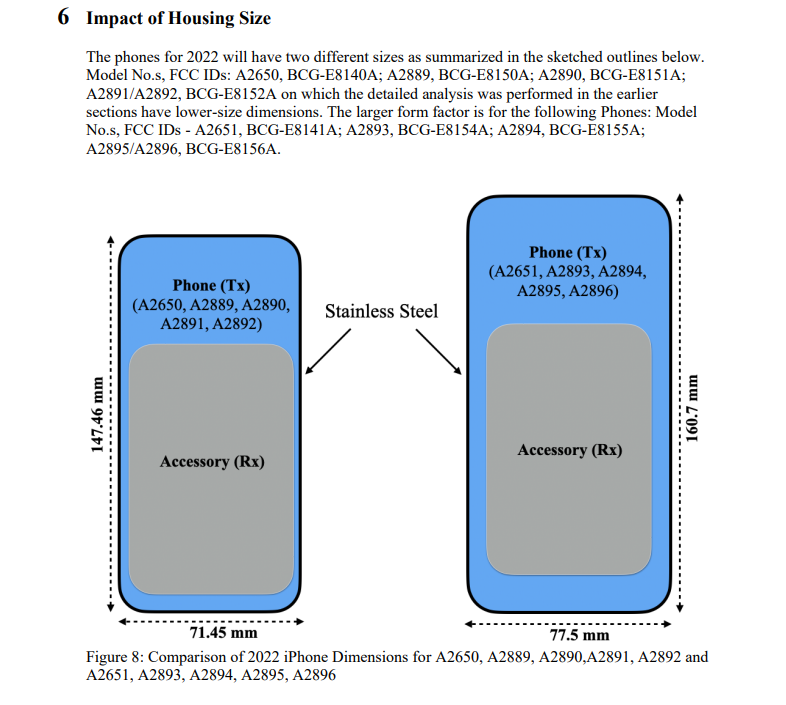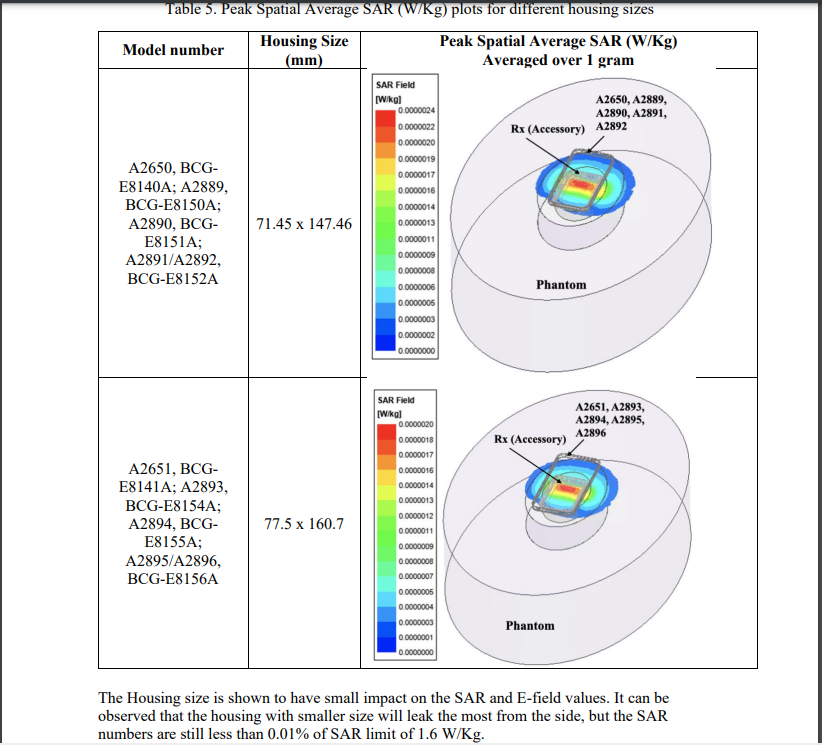Why Clinging to Old Technology Could Be More Harmful Than Embracing Newer Alternatives
The debate surrounding the safety of different generations of mobile technology, especially with the advent of 5G, has led many to cling to older phones out of fear of new technology. However, this might not be the wisest choice given the overwhelming evidence of health risks associated with older wireless technologies.
Major Studies Highlighting Health Risks
Several major studies have consistently pointed towards increased health risks from the electromagnetic radiation emitted by older mobile technologies. These include:
- The Interphone Study
- The Hardell Group Studies
- The CERENAT Study
- The U.S. National Toxicology Program (NTP)
- The Ramazzini Institute Study
- The REFLEX Project
- The BioInitiative Report
These studies collectively indicate a correlation between cell phone-level electromagnetic radiation and adverse health effects, including cancer and other serious health issues.
Physics and Clinical Data
Both physics and clinical data support the notion that older mobile technologies, with their longer wavelengths, penetrate the body more deeply, potentially causing more harm. Conversely, shorter wavelengths used in newer technologies like 5G are less likely to be absorbed deeply into the body, reducing potential risks.
Misconceptions About 5G
The biggest concern with 5G centers around the close proximity of high-powered microwave repeaters and cell towers to homes and schools. However, when comparing the potential health impacts of 5G to older technologies, especially in close proximity to the body, it is essential to understand the relative risks:
- Depth of Penetration: Shorter wavelengths used in the 5G mm-wave spectrum do not penetrate the body as deeply as the longer wavelengths used in 2G, 3G, and 4G – this is just a fact. Does this mean that is all that matters? Absolutely not! This means that the immediate risk to deeper tissues, organs, and even fetal development is potentially lower with 5G than with older sub 2.4 GHz cellular networks.
- Proximity and Exposure: The closer the device is to your body, the more significant the exposure. Therefore, upgrading to a technology that reduces the depth of penetration is a step toward minimizing risk when the alternative is sticking with a technology that uses frequencies that are known to be disruptive deep inside the body.
The Lesser of Two Evils
While no microwave frequency exposure should be deemed safe, 5G may be considered the lesser of two evils compared to older technologies that have decades of compelling research pointing to serious health risks at these frequencies. Holding onto older phones that we know are associated with dire health outcomes does not help reduce risks. Instead, it might be wiser to transition to newer technologies while continuing the safest practices and advocating for the USA to return to the international effort after taxpayer-funded studies found clear evidence of cancer.
A Personal Perspective
To illustrate this point, here is a testimonial from Sharon R, a holistic health coach specializing in epigenetics:
“As a mom of two kids and sister of a brother who passed from brain cancer, I place a lot of focus on reducing EMF – especially RF in our lives. I had always thought 5G was worse for our health than 3G or 4G and therefore have been avoiding it as much as possible. It wasn’t until RF Safe put out the SARs data that I saw how my older SE 2nd gen phone was actually more harmful than a new iPhone 15. Then, when I spoke with the owner of RF Safe, he explained how 5G actually has a lower penetration level into our cells and therefore isn’t as dangerous as the older versions. It turned everything I once thought on its head but was also empowering and made sense. I’m grateful for his research on this confusing topic.”
First Myth To Bust! The Smaller The Phone, The Lower The Radiation
Recent findings from an official Apple iPhone SAR (Specific Absorption Rate) report highlight that the size of your iPhone could influence the amount of radiation your body absorbs. We provide parents with crucial information to make informed decisions for their families, especially children who are more vulnerable to radiation. These are the things your cell phone provider will never share, even if you call and ask.
Understanding SAR and Its Limitations
SAR measures the rate at which the body absorbs radiation from a device. The Federal Communications Commission (FCC) in the United States has set a SAR limit of 1.6 W/Kg, a standard established in 1996. However, these guidelines are not only outdated but also flawed in several ways:
- Outdated Standards: The guidelines are based on a thermal risk model from over two decades ago, disregarding numerous studies that show non-thermal effects.
- Lack of Child-Specific Guidelines: Children are more susceptible to radiation due to their developing brains and thinner skulls, yet the current standards do not account for this.
- Halted Research: After the National Toxicology Program (NTP) found clear evidence of cancer linked to cell phone radiation, the U.S. halted further research, leaving consumers without up-to-date safety information.
Comparing iPhone Sizes and Radiation
The 2022 Apple iPhone models come in different sizes, which impacts their radiation leakage. Here’s a summary based on Apple’s SAR report:
- Smaller iPhones (71.45 mm x 147.46 mm): Models such as A2650, A2889, A2890, A2891, and A2892 tend to leak more radiation from the sides.
- Larger iPhones (77.5 mm x 160.7 mm): Models including A2651, A2893, A2894, A2895, and A2896 have lower radiation leakage.
Graphical Evidence
The SAR report includes graphical representations showing radiation fields around small and large iPhone models. The smaller devices show a higher intensity and spread of radiation, indicating that they might expose users to more radiation.
The following graph shows the radiation surrounding a small and large iPhone form factor. As stated in the report, “It can be observed that the housing with a smaller size will leak the most from the side. “. This isn’t readily available radiation exposure information, as it takes a fair amount of digging to find the official reports. However, I think this is something every consumer has a right to know that the form factor of a phone can influence the amount of radiation the body absorbs.
SAR Data Observations Align With These Findings.
The SAR testing results below show the larger iPhone 6.7-inch (on the left) and the smaller 6.1-inch screen size on the right.
Apple iPhone 15 Pro Max vs Apple iPhone 15 Pro
Apple iPhone 15 Pro Max
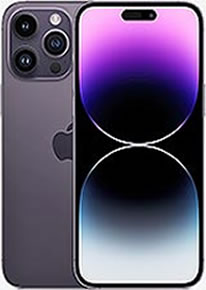
Original price was: $69.99.$45.47Current price is: $45.47.
Apple iPhone 15 Pro
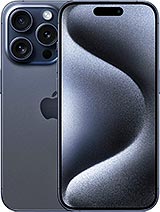
Original price was: $69.99.$45.47Current price is: $45.47.
| Apple iPhone 15 Pro Max | Apple iPhone 15 Pro |
|---|---|
| Head SAR (Cellular Only) (6.5% Difference) | |
| 1.07 W/kg | 1.14 W/kg |
| Body SAR (Cellular Only) (4.5% Difference) | |
| 1.11 W/kg | 1.16 W/kg |
| Hot Spot SAR (Cellular Only) (4.5% Difference) | |
| 1.11 W/kg | 1.16 W/kg |
| Head SAR (Wi-Fi + Cellular) (2.1% Difference) | |
| 1.43 W/kg | 1.4 W/kg |
| Body SAR (Wi-Fi + Cellular) (5.4% Difference) | |
| 1.48 W/kg | 1.56 W/kg |
| Hot Spot SAR (Wi-Fi + Cellular) (5.4% Difference) | |
| 1.48 W/kg | 1.56 W/kg |
Apple iPhone 15 Plus vs Apple iPhone 14 Pro
Apple iPhone 15 Plus
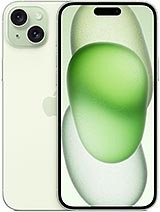
Original price was: $69.99.$45.47Current price is: $45.47.
Apple iPhone 14 Pro
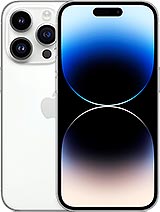
Original price was: $69.99.$45.47Current price is: $45.47.
| Apple iPhone 15 Plus | Apple iPhone 14 Pro |
|---|---|
| Head SAR (Cellular Only) (12.7% Difference) | |
| 1.02 W/kg | 1.15 W/kg |
| Body SAR (Cellular Only) (2.7% Difference) | |
| 1.12 W/kg | 1.15 W/kg |
| Hot Spot SAR (Cellular Only) (2.7% Difference) | |
| 1.12 W/kg | 1.15 W/kg |
| Head SAR (Wi-Fi + Cellular) (2.1% Difference) | |
| 1.49 W/kg | 1.46 W/kg |
| Body SAR (Wi-Fi + Cellular) (0.0% Difference) | |
| 1.5 W/kg | 1.5 W/kg |
| Hot Spot SAR (Wi-Fi + Cellular) (4.7% Difference) | |
| 1.5 W/kg | 1.57 W/kg |

Consumer Awareness and Protection
Given the shortcomings of current safety standards and the lack of ongoing research, it’s crucial for consumers to take proactive steps to protect themselves and their families:
- Choose Larger Devices: Opting for larger iPhone models can reduce radiation exposure, as they leak less radiation compared to smaller models.
- Use Radiation Shields: Products like QuantaCase can help minimize exposure by providing a barrier between the device and the body while promoting the safest usage.
- Practice Safe Usage: Encourage using speaker mode or air-tube headsets to keep the phone away from the body, and avoid carrying phones in pockets close to the body.
Recent Legal Victories and Ongoing Concerns
The Environmental Health Trust (EHT) won a landmark case against the FCC, where the U.S. Court of Appeals for the District of Columbia Circuit found that the FCC’s decision to retain its 1996 safety limits was arbitrary and capricious. The court noted the FCC’s failure to respond to scientific evidence showing harm from wireless radiation, particularly non-thermal effects, long-term exposure, and impacts on children.
Tips for Kids’ Safe Cell Phone Use
Ensuring the safe use of cell phones by children is crucial in minimizing potential health risks and promoting responsible behavior. Here are some tips for promoting safe cell phone use among kids:
1. Set Usage Limits
Establish boundaries on when and how long your child can use their cell phone. Encourage breaks and offline activities to prevent excessive screen time and minimize radiation exposure.
2. Maintain a Safe Distance
Teach your child to hold their phone away from their body when not in use, and to use speakerphone or air-tube headsets for calls, which help reduce direct exposure to radiation.
3. Use Text Messaging
Encourage your child to send text messages instead of making voice calls, as texting keeps the phone further away from the head and reduces radiation exposure.
4. Avoid Weak Signals
Inform your child that using a cell phone when the signal is weak can cause the device to emit more radiation. Encourage them to wait until they have a strong signal before making calls or using data.
5. Turn Off the Phone at Night
Have your child turn off their phone or enable airplane mode at night to minimize radiation exposure and promote healthy sleep habits.
6. Use a QuantaCase
Equip your child’s phone with a QuantaCase, which features RF Safe® Radiation Shielding Technology to deflect harmful radiation away from their body.
7. Educate Your Child
Teach your child about the potential risks associated with excessive cell phone use and radiation exposure, and discuss the importance of using their phone responsibly and safely.
8. Monitor Usage
Regularly review your child’s cell phone usage to ensure they are adhering to the established boundaries and using their device safely and responsibly.
9. Parental Controls
Set up parental controls on your child’s phone to block access to inappropriate content and manage their overall phone usage.
By implementing these tips, you can help promote safe and responsible cell phone use among your children, minimizing potential health risks associated with radiation exposure and fostering a healthy relationship with technology.
10. Eat Healthy and Stay Fit
Living a Lifestyle that Minimizes Oxidative Stress Damage – Oxidative stress, caused by an imbalance between free radicals and antioxidants in your body, can lead to cumulative damage over time. Adopting a lifestyle that minimizes oxidative stress can help protect your health in the long run.
Now, on to the actual SAR values for the iPhone 14 